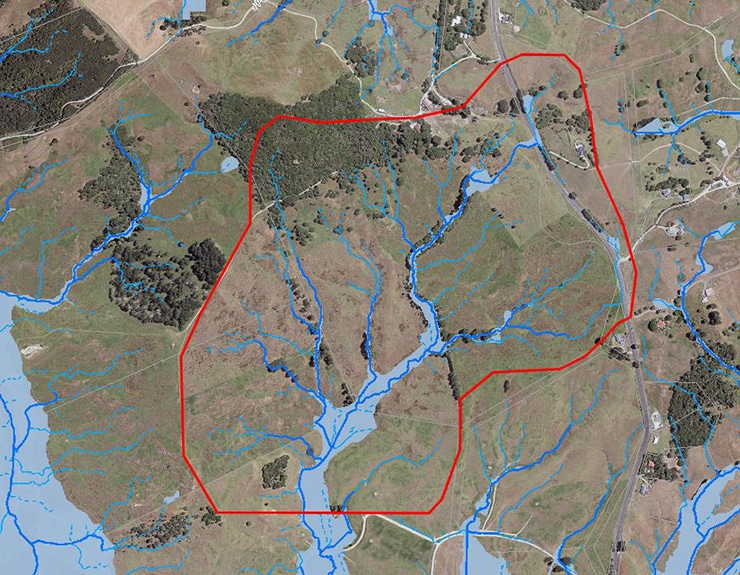Written by Myles Goodwin | Rural Subdivision Expert, Environmental and Planning Director | Cato Bolam Consultants
The number of extreme weather events over the last few months has brought into focus the reduced level of ecosystem services that are in place in rural Auckland to help deal with events like these. Ecosystem services are services provided by the natural environment that would otherwise have a direct economic cost in respect to the need to construct infrastructure to do a job that nature otherwise does. Having a high level of sustainable, self-maintaining ecosystem services leads to higher resilience for rural and urban areas as effects of extreme events are lower, and natural services are generally more reliable than built ones.
For example, natural wetlands can act as very significant flood storage reservoirs, holding water back during large flood events and then releasing water after flood peaks have passed. They hold water back both by water soaking in, and by the dense vegetation acting as a semi-permeable dam that water can flow through, but only slowly. The water that is slowly released after large events also keeps streams flowing for longer, aiding aquatic life. Wetlands also act as groundwater recharge sources, helping recharge aquifers and ensuring sustainable sources of groundwater. If water runs off quickly, it is not recharging aquifers. Revegetated slopes also slow water flow due to interception of the initial rainfall in the canopy, and then slowing the runoff through the understory and litter layers. It is runoff from the steeper slopes that reaches the watercourses first, so a greater benefit is achieved when these areas are planted.
Having a network of wetlands and revegetated slopes, especially in the upper catchments, can slow the flow of water into lower catchments, meaning local rainfall in the lower catchments can disperse to a higher degree before water from higher up reaches the lower areas.
Stabilising of steep land is another example of an ecosystem service that has high value. Land planted in trees has a much lower chance of slipping when saturated than the same slopes in pasture. This is due to the interlocking root network physically holding the land together, interception of heavy rain by the vegetation layers reducing its impact with the ground. Thick humus layers also help protect the ground surface and the trees will help dewater the land faster via water drawn into the roots, meaning the ground is better prepared for another rainfall event faster than may otherwise be the case.

Therefore, the more wetlands that are restored in the right areas, and the more steep, erosion prone slopes that become planted, the fewer problems there will be following extreme weather events. There is then less that needs to be spent on engineered solutions to the problems, and the more resilient and sustainable the landscape becomes.
With a network of restored wetlands, and a large reduction in sediment due to more stable steeper slopes, our streams will remain cleaner as the wetlands will be better able to clean the water and absorb nutrients, resulting in healthier and more resilient streams.
Other ecosystem services include carbon capture, wildlife habitat, recreational opportunities, and an improved look to the landscape.
The ultimate aim would be a landscape where people did not need to worry about flooding and the chances of landslides reduces, as the landscape becomes resilient enough to cope with expected extreme weather without any large impact on built form. In Auckland this would be achieved by a mix of ecosystem services and engineered solutions, but we are still some way from that. It is something to work towards though.
Myles Goodwin and the Cato Bolam team provide start to end subdivision services.
Please contact Myles for an obligation free discussion via [email protected]
Or get in touch with our team using the contact button below.

